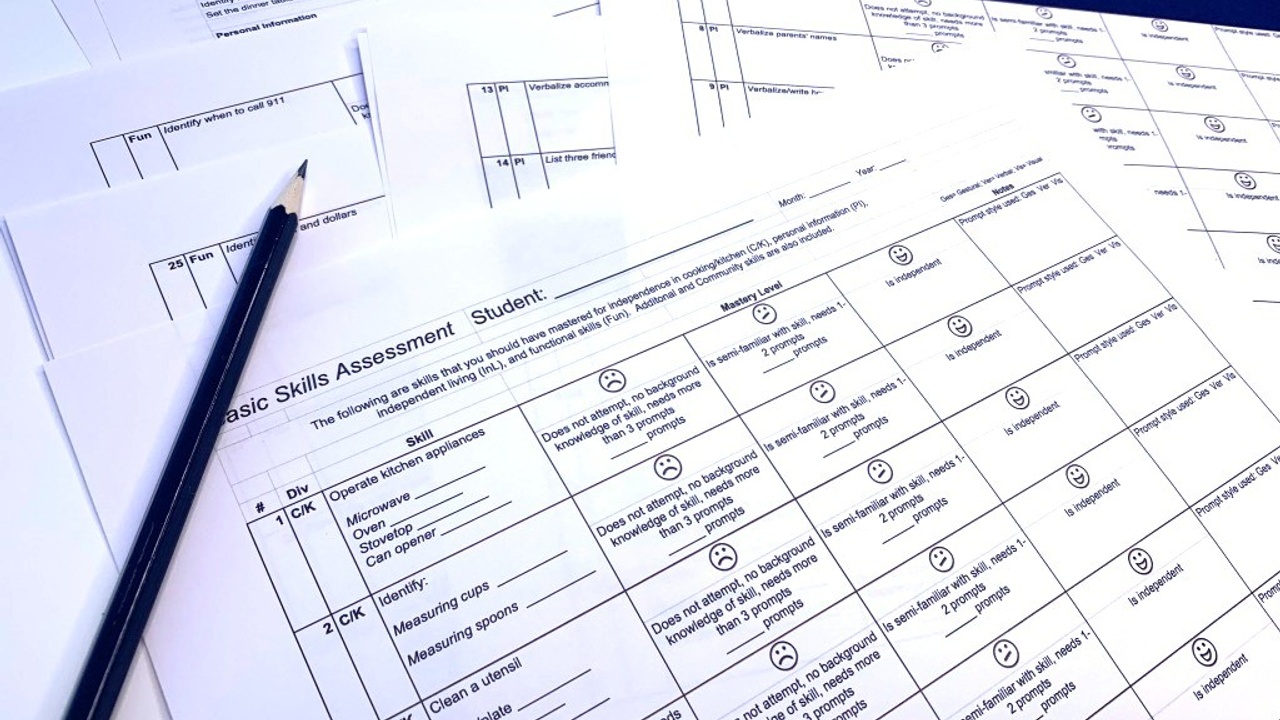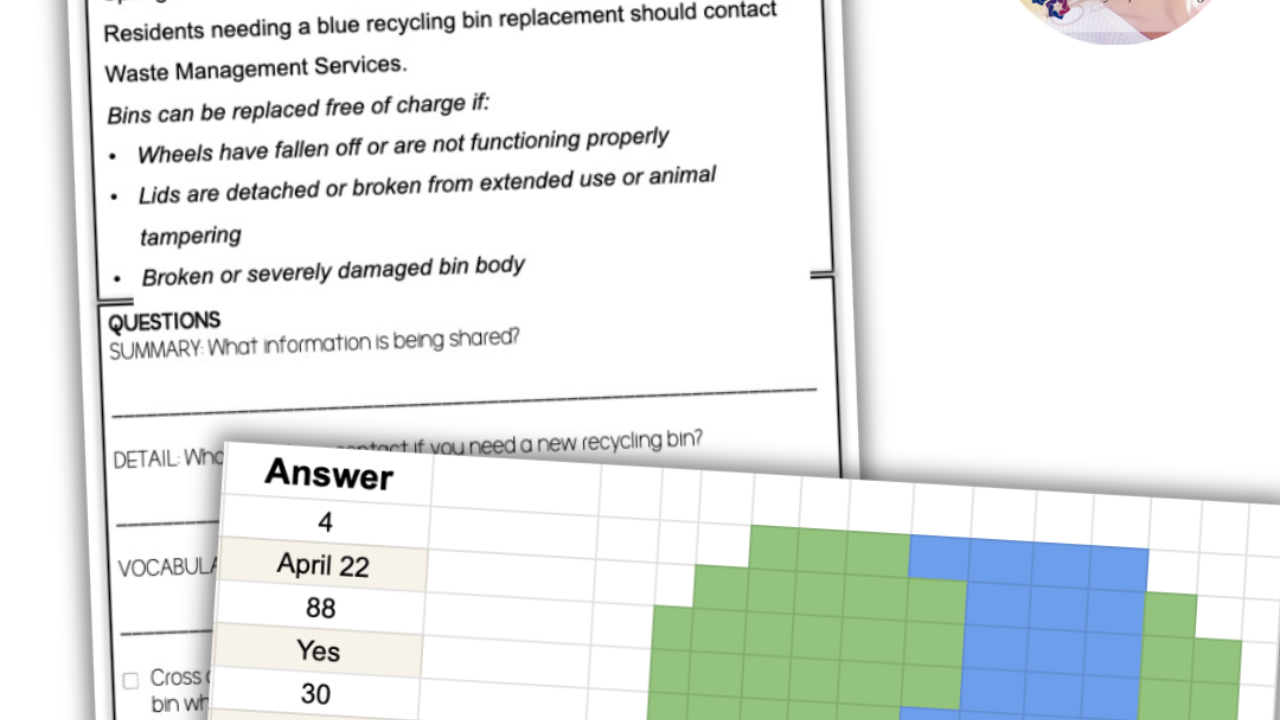Life Skills Assessment: Inventory of Ind Living and Functional Skills
Aug 07, 2019
The first week of school usually triggers thoughts of anxiety, feelings of chaos and exhaustion, and meltdowns (from adults, not necessarily students), and while some of that is true I have been doing ONE thing from the past 3 years and I’ll never go back! On day two or three, I give every student my Life Skills Assessment.
No, it isn’t standardized or norm referenced, but it’s real and it gives me a wealth of information and true contact time with each student.
I created this life skills assessment back when I was getting several new students and I wanted to see what skills they had. The benefits far exceeded what I had anticipated and I’ve streamlined and added to it each year. In the interest of knowing that not every classroom is the same, there are open cells at the end to add in your own skills :
Google Friendly is HERE and PDF Friendly is HERE!
1. I get to know my students
Do they know how to spell their name or do they always go by their nickname or middle name? When I ask for their home/parent phone number, can they find it in their Contacts on their cell phone? Do they have the fine motor to operate a spray cleaner (a high-interest vocational skill)? When I ask about their hygiene do they freeze up and sit silently, tell me their parents assist with everything, or tell me about the teeth brushing visual they have at home?
I love getting to spend one-to-one time with each student so early in the year (relationship building right from the start) and to learn about what skills they already have and which ones we can grow and strengthen throughout the year.
2. My staff have a purpose and they also get to interact with every student
Giving the support staff in my room an important task, directions, and freedom allows the relationship to start off on the right foot! They can see that I’m organized, that the task is purposeful, and they get to learn about the students at the same time! Since they often work with them at vocational sites and will work on these skills with them in the community it’s helpful for them to know what skills they already have and what they will need to build on.
3. Solid data for the IEP Present Levels of Performance page
Maybe the best use of the life skills assessment information is to report the data on the Present Level of Performance section of the IEP! I break down the functional performance section into the areas on the assessment and report out on what skills the student is independent in. I love to see the growth the student makes the following year when I get to add new skills to the independent list that they didn’t have the year prior!
Nood a FREE meaningful and comprehensive Parent Transition Assossment?
4. Identify what areas of weakness the class has overall and begin to find ways to strengthen those
I use the data to identify what skill deficits the class as a whole has and I find ways to work those skills into my lessons (like these functional math, money, and clock skills). Therefore, the data guides my instruction, which is basically heaven to the ears of an administrator who evaluates you!
5. 'Action items’ to share with parents to help get their student more involved at home or more prepared for life after school
Since Open House and Parent Teacher Conferences happen a few weeks after school starts I can use the skill deficits as suggestions for skills to practice at home (like hanging laundry on a hanger) or for them to work on during a school break (like getting a State ID). These action items promote independence and self-reliance at home and set-up the student with proper identification (safety first).
Google Friendly is HERE and PDF Friendly is HERE!
If used multiple times a school year over the course of a few years, you can show great student growth and progress. A life skills assessment with meaningful data for the student and their family.

















